OIL companies are planning to create huge underwater rigs on the seabed of the Arctic Ocean, possibly serviced by a fleet of manned submarines.
The creation of giant underwater oil and gas plants with all the machinery used to extract fossil fuels beneath the waves would protect them from the extreme weather, including ice and storms, that affect the Arctic.
While oil companies already site some of their machinery underwater, the aim is to move all of it to the seabed, including processing plants that strip contaminants from oil and gas before compressing it to send ashore.
However, one drawback is that servicing would still have to be carried out by surface vessels, at risk from storms and ice. At least one firm is considering using submarines instead.
The vessels, 40m long and able to descend to depths of 460m, would be able to remain submerged for weeks, servicing the underwater factories. Carrying between 10 and 14 people, they would have two hulls either side of a cargo bay able to carry 50 tonnes of machinery.
"The Arctic has enormous fossil fuel reserves but there are huge problems in getting the oil and gas out safely," said Tor Berg, who is designing the vessel. "A submarine can work under the ice and storms for weeks at a time, making sure that these installations are installed properly and work safely." Mr Berg, a principal research engineer at the Norwegian Marine Technology Research Institute in Trondheim, unveiled the submarine design at last week's Arctic Frontiers conference in Tromso, Norway, where executives from energy firms met to discuss the challenges of extracting fossil fuels in the far north.
Statoil, the Norwegian state oil firm, has expressed an interest in the submarine, which could help to meet the challenges of exploiting the Barents Sea, north of Norway, home to some of the world's greatest untapped gas and oil reserves. Those riches are matched only by the extremity of the conditions, including seas that freeze in winter, icebergs capable of wrecking a rig or ship, prolonged darkness and Arctic storms.
Statoil already operates almost 500 subsea wells that are fixed to the seabed rather than placed on surface oil rigs. Such equipment is connected to land by electrical cables that supply power and by pipes that take oil and gas to shore. There are problems when such machinery needs to be installed, replaced or serviced. At present, ships usually send a remote-controlled unmanned submarine but such systems are often unable to operate in heavy weather.
According to the US Geological Survey, the Arctic contains oil equivalent to at least 13 per cent of the world's known reserves. Gas reserves are equivalent to about 30 per cent of known reserves.
THE SUNDAY TIMES
http://www.theaustralian.com.au/business/mining-energy/submarines-and-undersea-rigs-may-tap-into-arctic-oil-riches/story-e6frg9df-1226256690351
 .
.  .
.  .
.  .
. 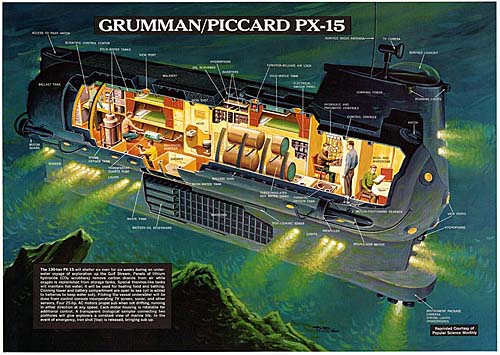 .
.  .
.  .
.  .
.  .
. 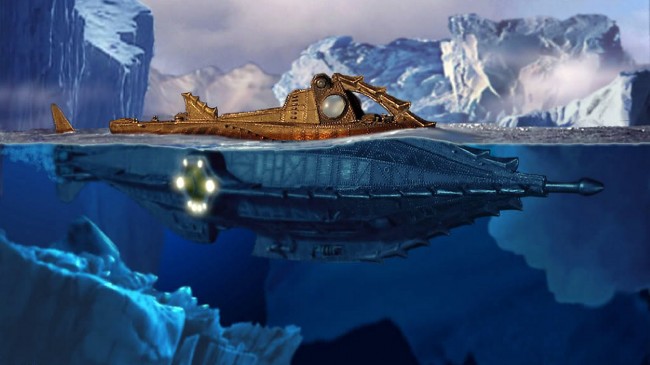 .
.  .
.  .
.  .
. 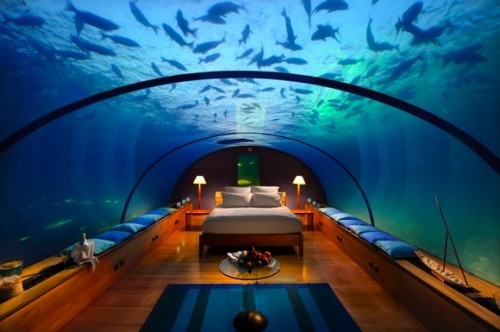 .
.  .
.  .
. 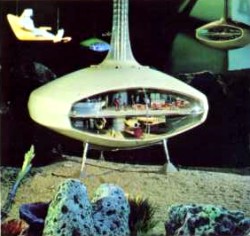 .
.  .
.  .
. 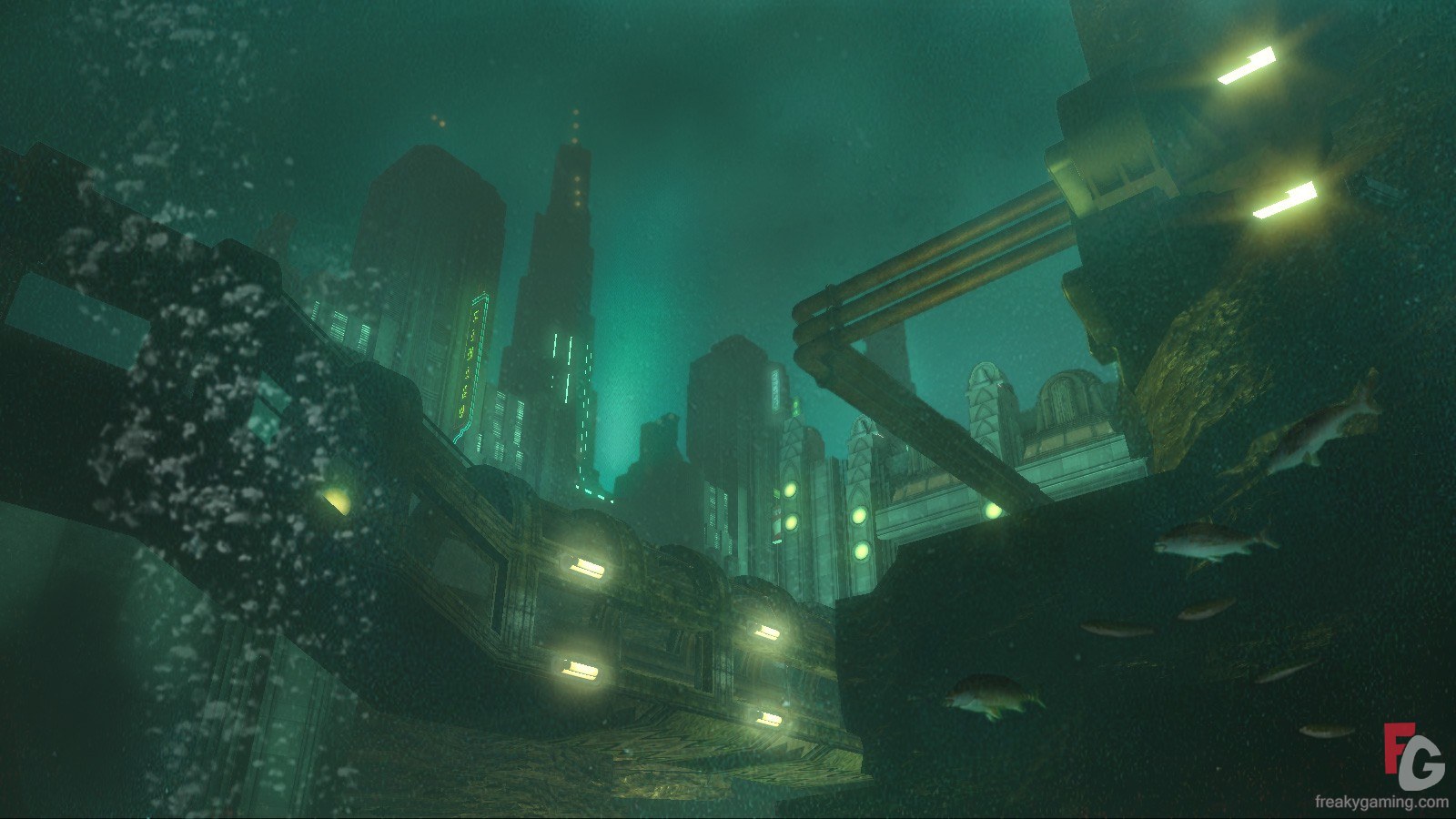 .
.  .
. .
.  .
.  .
.  .
.  .
.  .
.  .
.  .
.  .
.  .
.  .
.  .
.  .
.  .
.  .
.  .
.  .
.  .
.